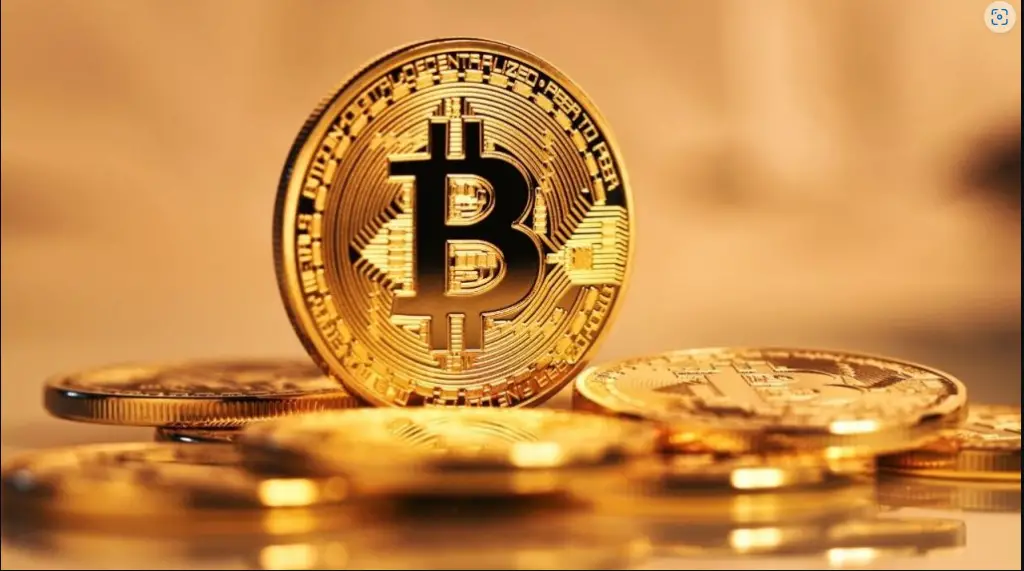Unlocking the Potential: The XRP Supply and Its Future Burn Possibilities
XRP, the digital asset developed by Ripple Labs, has been making waves in the cryptocurrency world due to its unique features and potential to revolutionize cross-border payments. Among the various discussions surrounding XRP, the topic of supply burn has garnered significant attention. In this blog post, we will explore the concept of supply burn, its implications, and the factors that could contribute to XRP’s future burn possibilities.

- Understanding Supply Burn: Supply burn refers to the intentional reduction of the total supply of a cryptocurrency. This process involves removing a certain number of coins from circulation permanently, leading to a decrease in the overall available tokens. Supply burn is typically undertaken to increase scarcity, which may, in turn, drive up the value of the remaining tokens.
- XRP’s Fixed Supply: Unlike cryptocurrencies like Bitcoin, which have a fixed and limited supply, XRP was pre-mined with a fixed total supply of 100 billion tokens. This aspect has led to debates regarding the scarcity of XRP and whether it would benefit from a supply burn mechanism to potentially boost its value.
- Ripple’s Escrow: To address concerns of token dumping and maintain transparency, Ripple implemented an escrow system for its XRP holdings. Through this escrow, a significant portion of XRP is locked up in smart contracts, gradually released on a monthly basis. While this approach promotes steady market supply, it also limits the potential for a massive supply burn event.
- XRP Community Discussions: Supply burn discussions have gained traction within the XRP community, with some advocating for a strategic burn to enhance scarcity and potentially boost the token’s value. However, such an event would require consensus from Ripple Labs, community members, and other stakeholders, making it a complex decision.
- Regulatory Considerations: As with any significant change to a cryptocurrency’s protocol, a supply burn event would require careful consideration of regulatory implications. The impact on market dynamics, investor sentiment, and compliance with existing regulations must be thoroughly evaluated before any decision is made.
Conclusion:
While supply burn has proven successful for some cryptocurrencies, such as Binance Coin (BNB), XRP’s situation is unique. With a fixed total supply and Ripple’s escrow mechanism, supply burn is not a straightforward solution for increasing scarcity and driving up value. The future of XRP’s supply dynamics will depend on various factors, including regulatory developments, community consensus, and the evolution of the cryptocurrency landscape.
Regardless of the supply burn discussion, XRP’s potential as a key player in cross-border payments remains strong. Its impressive transaction speed, cost-effectiveness, and growing adoption among financial institutions make it a promising asset for the future of global finance.
As the cryptocurrency industry continues to evolve, XRP will likely continue to be at the forefront of discussions and innovations. Whether through supply burn or other mechanisms, the XRP community and stakeholders will continue to explore ways to unlock its full potential as a transformative digital asset.
Disclaimer: The information provided in this blog post is for informational purposes only and does not constitute financial or investment advice. Before making any financial decisions, readers are encouraged to conduct their research and consult with a professional financial advisor.